How a nation treats its migrants shows how it treats its future.
How a nation treats its migrants shows how it treats its future.
By Mehmet Enes Beşer
Few problems were as nakedly exposed as that of how Malaysia managed labor migration, the tension between political vulnerability and economic necessity. Malaysian economic hegemony for decades driven by, foreign migrant workers in the tens of millions–no less a proportion arriving on its shores illegally–have toiled all-encompassing in an attempt to drive its growth. Even in its deep reliance on migrant labor, from construction to farming to domestic work, Malaysia has long hesitated between accommodationist, criminalizing, and selective policies. As the political and economic climate of Southeast Asia remains in flux, Malaysia is now at the fork in the road, forced to ask itself whether it is possible to construct a viable model of migration in the face of increasing regional fragmentation and internal disaffection.
The ground truth cannot be wished away. Malaysia’s economy is built on the backs of migrant workers who are low-cost, flexible, and frequently invisible. Official numbers put foreign workers at an estimated near 15% of Malaysia’s labor force, but the true number, including irregular migrants, would be much higher. The large enterprises would grind to a halt without them. But in political rhetoric and public debate, migrants are more likely to be framed as enemies of security, cultural Others, or budgetary burdens. This conflict between political demonization and economic interdependence has cultivated a more reactive than strategic, more punitive than compassionate migration regime.
Irregular migration has thrived under such charged circumstances. Sophisticated recruitment networks, extortionate brokerage fees, and incoherent policy have provided fertile ground for smuggling networks and illegal work arrangements. The migrants, who migrate most often to escape poverty or insecurity in Indonesia, Bangladesh, Myanmar, and Nepal, are increasingly caught in the middle of corrupt brokers, abusive employers, and an incongruent legal system. Regularization schemes are floated from time to time, but do not really tackle the structural imperatives pushing migrants towards irregularity in the first place.
The pandemic years heightened these problems to a breaking point. Lockdowns, retrenchments, and health emergencies hit migrant communities hardest. Mass raids and sweep operations meanwhile built migrants as vectors of disease, promoting xenophobic undercurrents in Malaysian society. While public health issues were very real, massive enforcement exposed the underlying structural weaknesses of Malaysia’s governance of migration — an institution better adapted to crisis policing than strong governance.
In the region, Malaysia is matched by a broader ASEAN inability to develop harmonized migration policy. Despite decades of regional integration dialogue, there is no binding instrument in ASEAN for the protection of migrant workers. The ASEAN Consensus on the Protection and Promotion of the Rights of Migrant Workers agreed in 2017 is only aspirational and non-binding. Origin countries like Indonesia and the Philippines are also in continuous conflict with Malaysia over rights of workers, recruitment processes, and repatriation. The consequence is ad hoc ground where bilateral treaties substitute for regional regulation, subjecting migrants to the whims of shifting politics.
Emerging displacement patterns are making this even more difficult. Climate change, political unrest, and economic inequality are driving new patterns of migration that merge the line between voluntary labor migration and forced displacement. The Malaysian example with the Rohingya asylum seekers and other asylum seekers is proof of the inability of paradigms to address such evolving trends. Malaysia, though, is beyond the 1951 Refugee Convention and has a legal invisibility policy for the refugees who are considered illegal migrants and whose minimum rights to legal labor and schooling are denied.
In coming years, Malaysia will need to re-engineer its migration policy framework if it is to reconcile its economic needs with its social and political realities. Most of all, labor migration has to be viewed not as a temporary deviation but as a permanent structural aspect of the Malaysian economy. Policy must labor to control the flows to a sustainable level, rather than attempt to close them down through enforcement. This involves simplifying legal channels for migration, reducing recruitment costs, and weakening the networks of exploitation and trafficking and not the migrants.
Two, the protection of migrant rights must be brought from the sidelines onto center stage in policy. Decent, regular, and safe migrant work is a moral and economic imperative; safe and protected workers are more productive, better integrated, and less vulnerable to exploitation. Regularization programs must be transparent, inexpensive, and in fact accessible, and not revenue-grabs or political stunts.
At the regional level, Malaysia has the chance, as well as the responsibility, to be at the forefront of a more effective ASEAN approach towards migration. Real regional cooperation must move beyond words towards commitments on standards of labor, the protection of migrants, and shared responsibility for the displaced. Malaysia regional leadership of ASEAN can be solidified with supporting initiatives like these, since it can play the role of a reactive regional leader when human rights and mobility concerns are emerging as the focal points of global politics.
Conclusion
Malaysia’s success in the future years depends not only on investments or GDP figures, but also on the well-being of its social fabric and the justice of its model of development. Migrants are not sojourners; they are the city builders of Malaysia, guardians of its homes, and silent owners of its success story. To deny them their rights and their stories inevitably undermines the foundations of the nation. Crossing the junction will require political will, regional creativity, and unblinkered recognition of the truth that in this age of globalizing forces, how a nation treats its migrants reflects how it is treating its future.



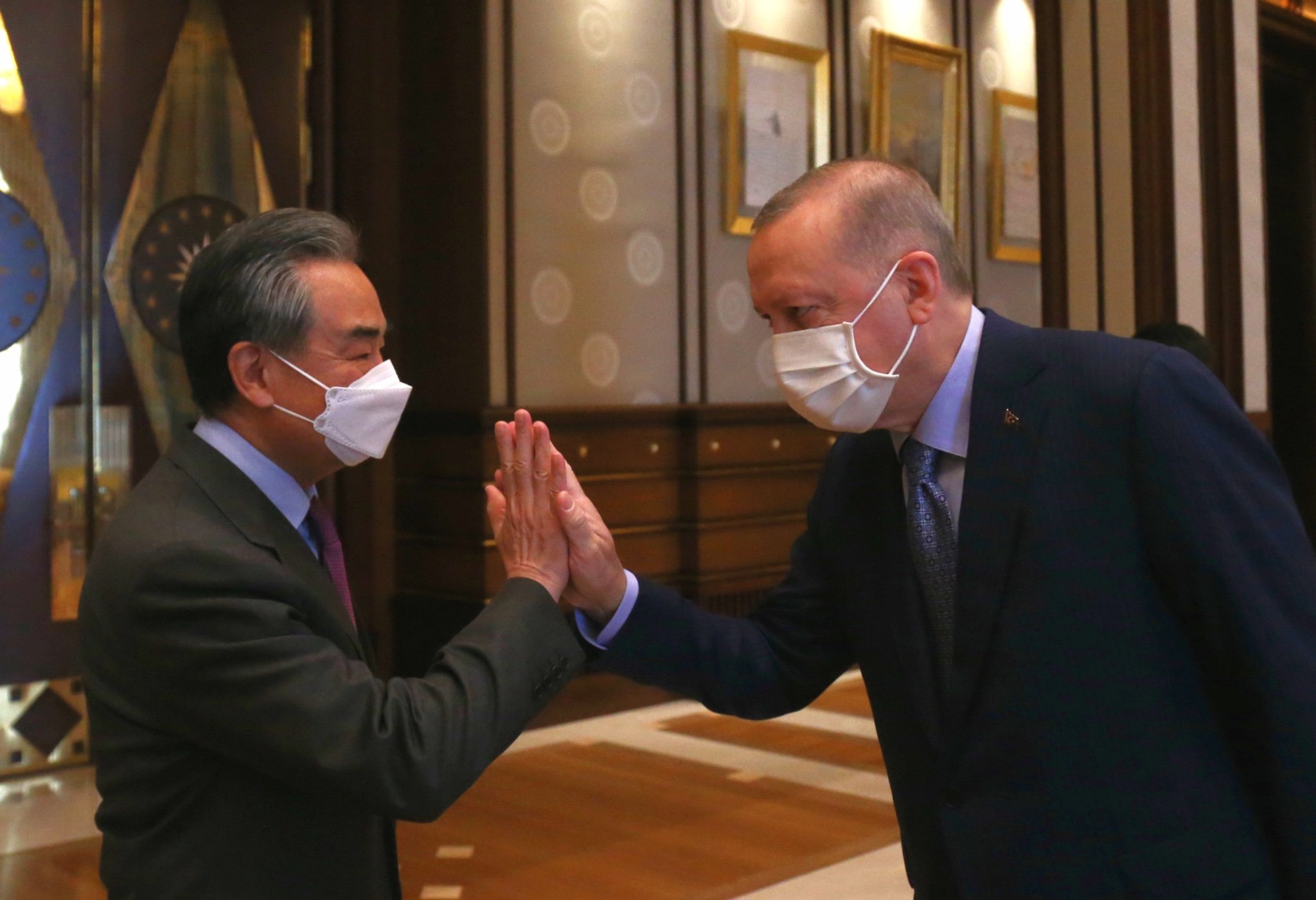



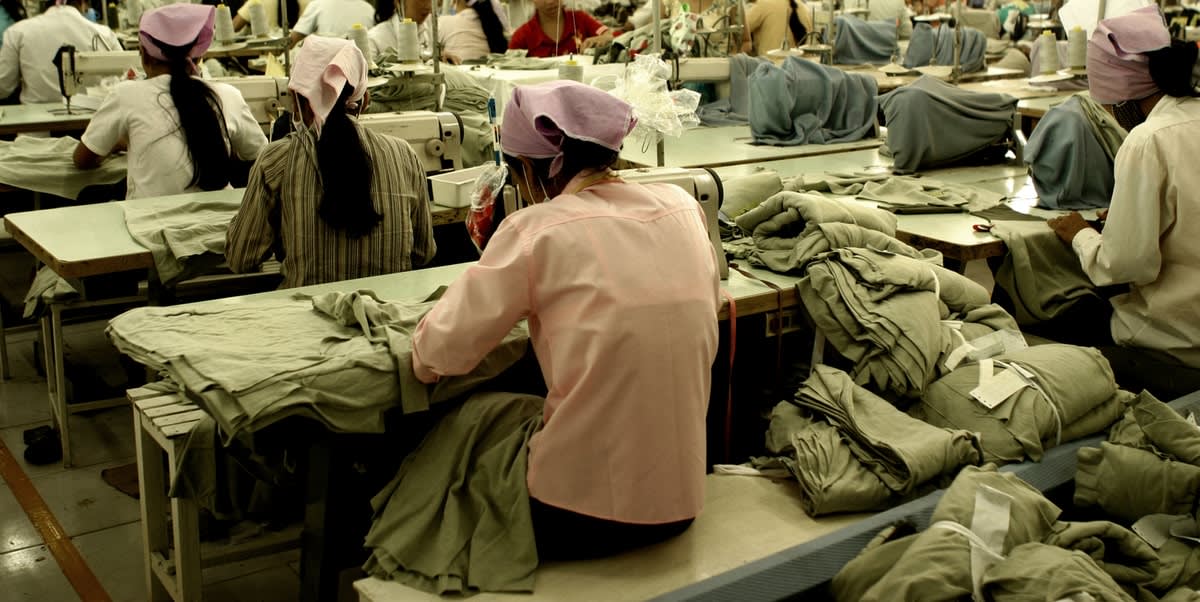


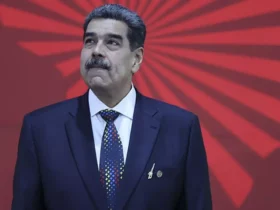
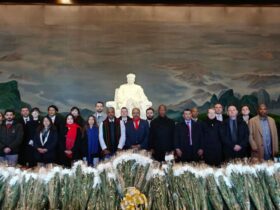
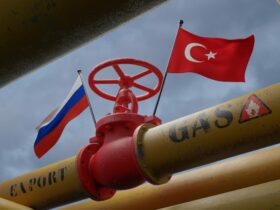
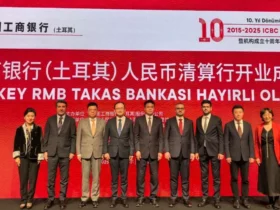


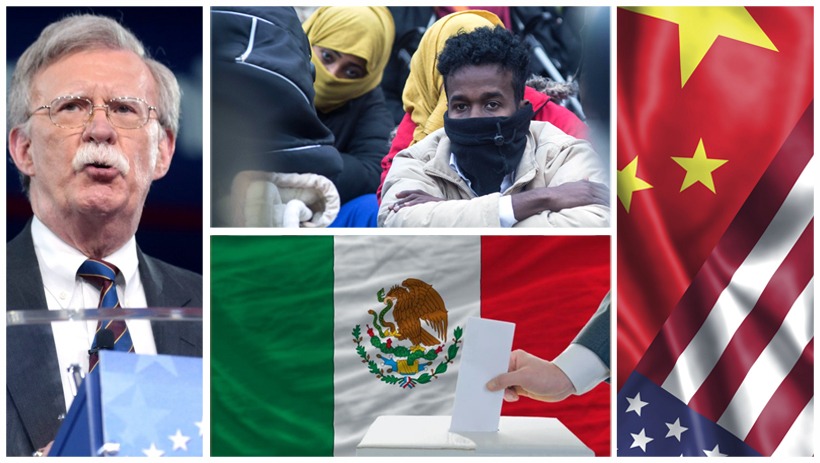
Leave a Reply